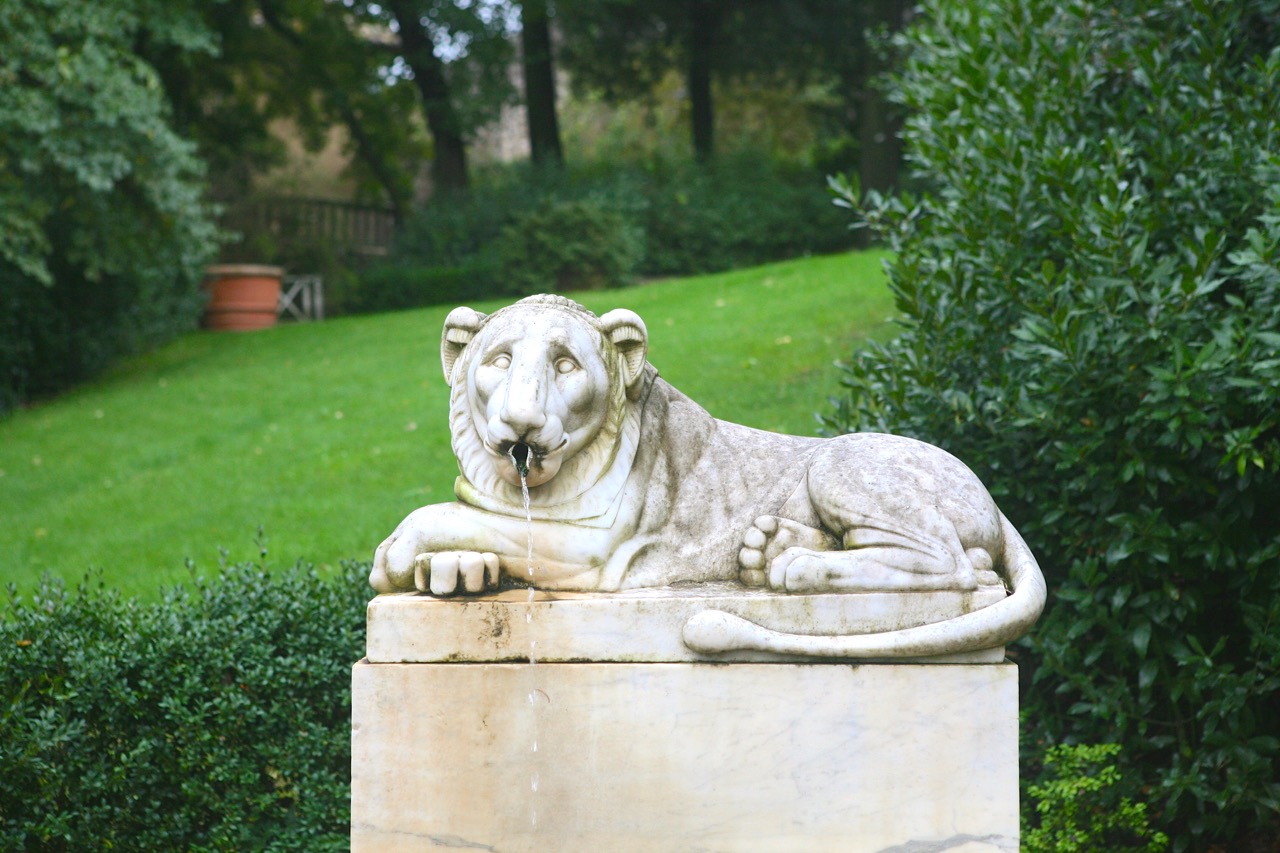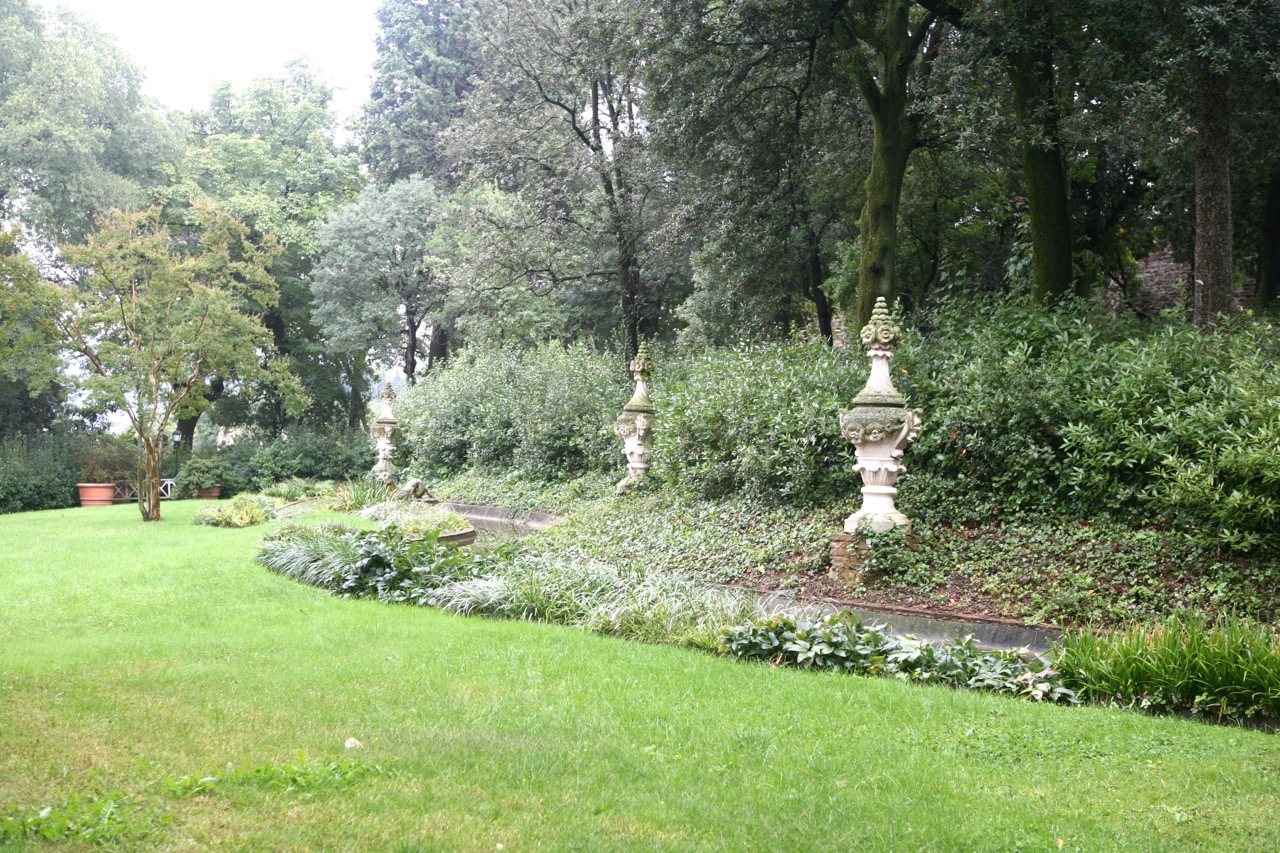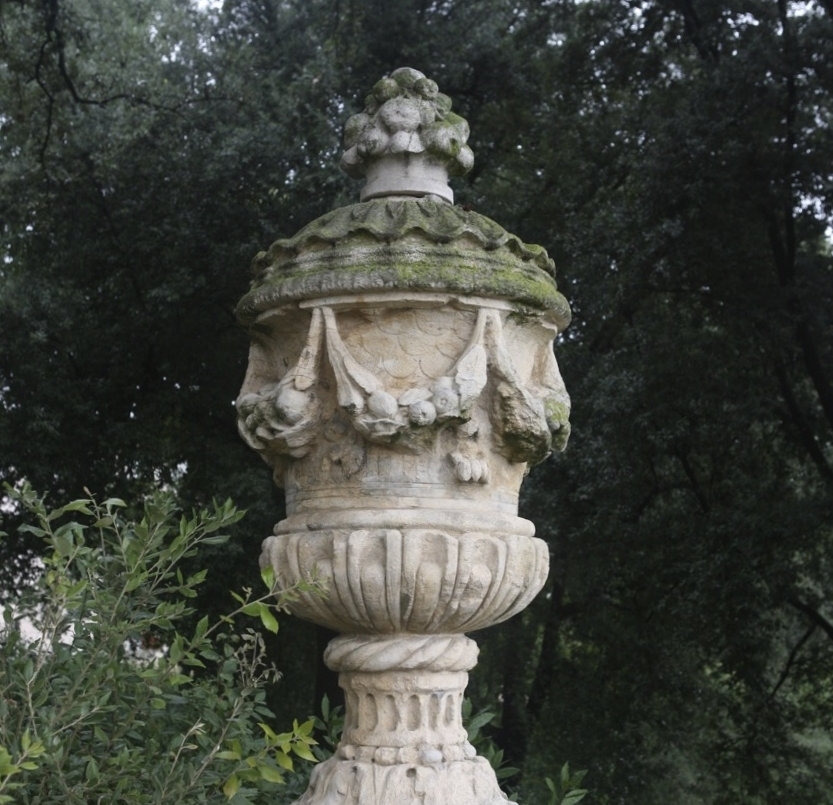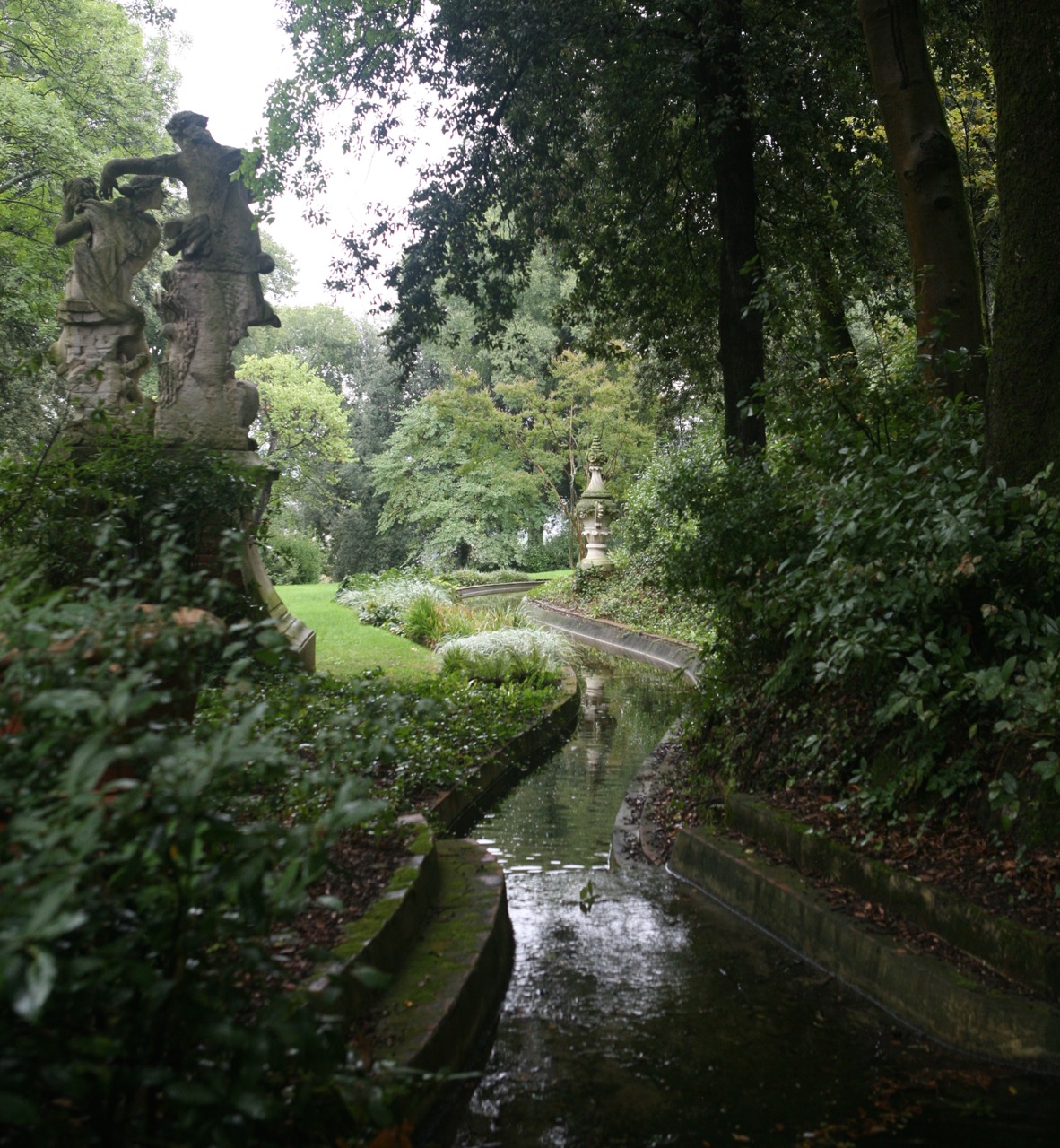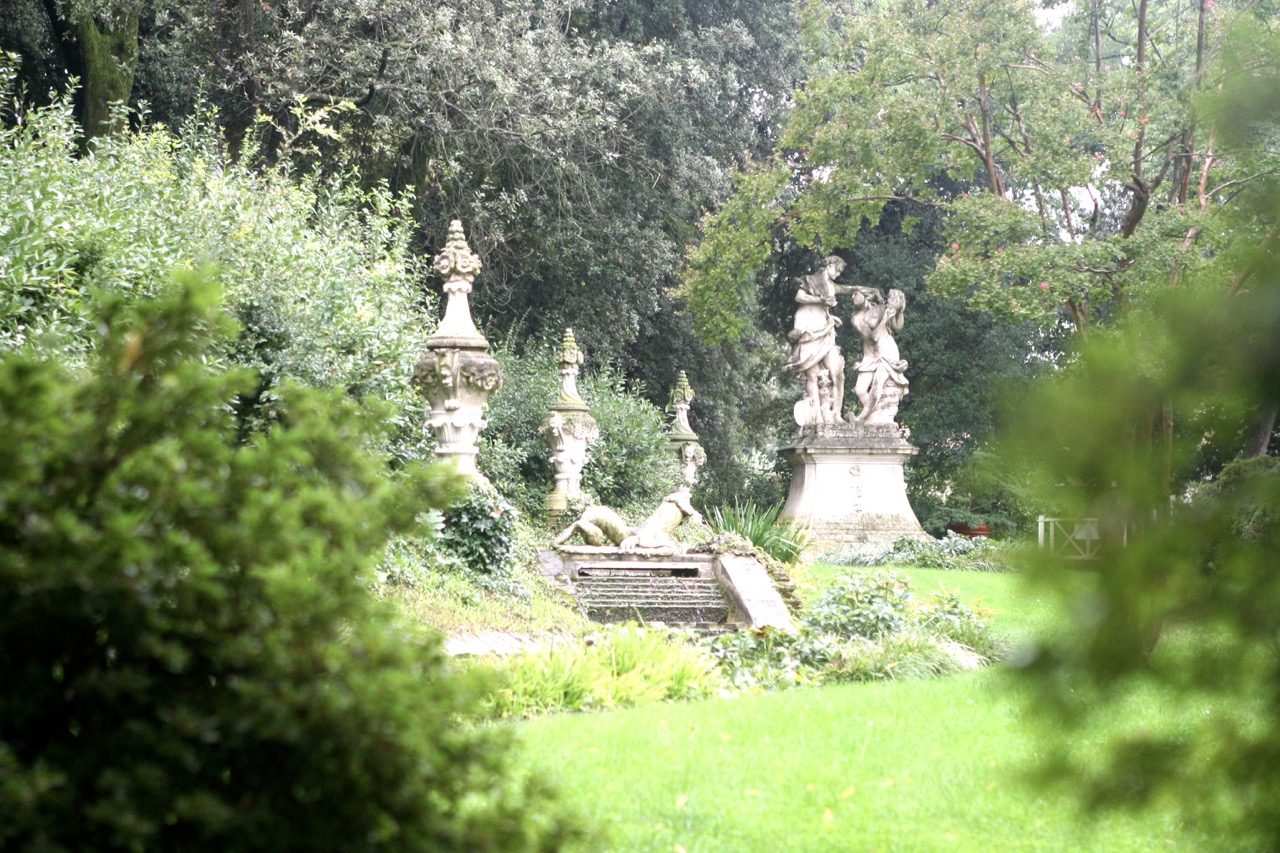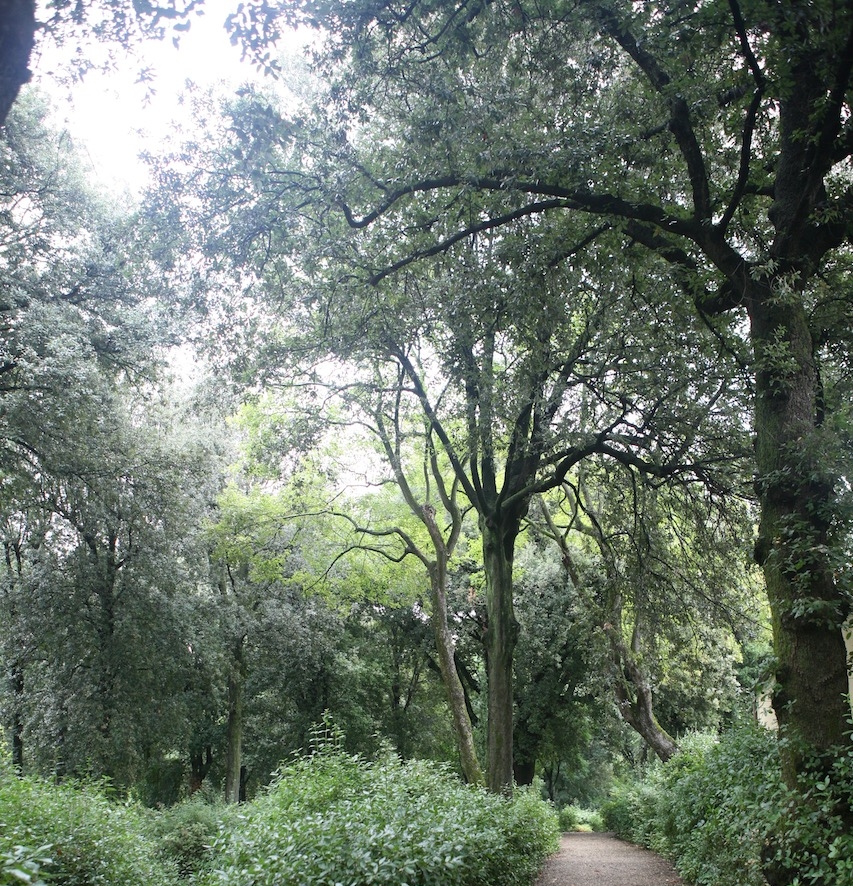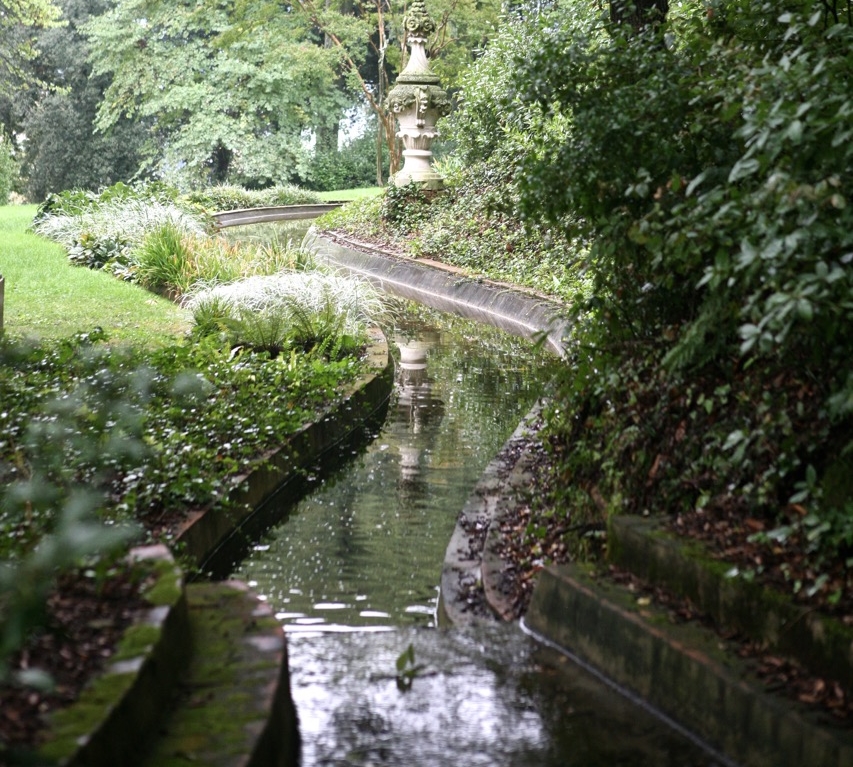Gardens are continually evolving. Sometimes it is about fine-tuning, other times, a complete redesign is needed to reflect a new passion. A new owner brings new ideas and interests. I know that we can point to similar changes in our own gardens.
The gardens at Bardini have spectacular views of Florence.
Historic gardens on the other hand can seem frozen in time – museum pieces that reflect a single period. When we look more closely, their designs - like ours - reflect the passing of the years: changing trends, new owners, interesting combinations.
The Giardino Bardini in Florence, Italy is a great example.
This landscape began life in the late 1500’s as a palazzo and walled garden set on the sloping site. Descriptions of this garden sound like a medieval cloister garden.
In the 1700’s an ornate staircase was installed with classical sandstone statues along with a fountain wall. This work updated the landscape to an Italian renaissance style that embraced, all things classical. There is formality, geometry, control, repetition, and a strong connection to the house. A grotto was added at one end of the property.
In the 1800’s, garden fashion changed. Italian and formal gardens were seen as dated; the picturesque style was sweeping Europe. Inspired by paintings of the Italian countryside as well as greater exposure to ancient Chinese garden-making techniques, it was popular to create landscapes in the spirit of nature. So out with straight lines and symmetry, and in with curves and balance.
Picking up on this trend, the villa’s then owner, Luigi Le Blanc, installed an Anglo-Chinese garden. This included woodland spaces and a winding stream called The Dragon Canal. A garden sign explains: “The canal was restored after archaeological research brought to light a series of elements from the Anglo-Chinese garden. The Composition of the canal rim is based on alternating shades of green, and on the variety of leaf shapes – broad or narrow, round or pointed. The rhythm is wave-like, evocative of the water that flows along the canal.”
Villa Bardini can be reached by walking through the (more famous) Boboli Garden.
What makes this space special is that it is neither a copy of an English garden, nor a copy of a Chinese garden. Instead it is a unique combination of traditional Italian sculpture and a naturalistic, picturesque frame. The way that both elements get equal weight is unique. One feels one has stumbled upon a lush stream winding through ancient artifacts.
The garden continued to evolve. In the late 1800’s, another owner added Victorian elements. In 1913, Stefano Bardini (of Villa Bardini) removed the original medieval walled garden to make room for a new approach to the house. The house and garden are now open to the public under the stewardship of Fondazione Parchi Monumentali Bardini Peyron.
Villa Bardini can be reached by walking through Boboli Garden, the world famous Medici palace. Check opening times before you show up.
How many changes has your garden been through?
The gardens at Villa Bardini have been updated to reflect changing styles.

